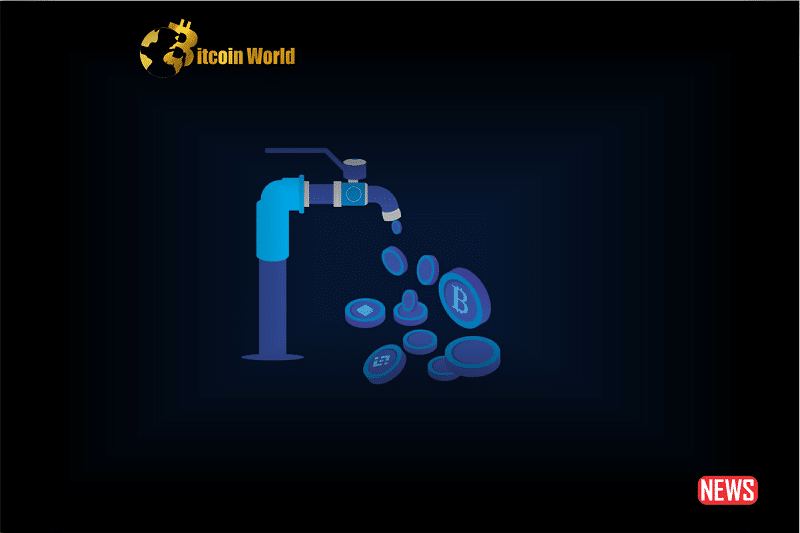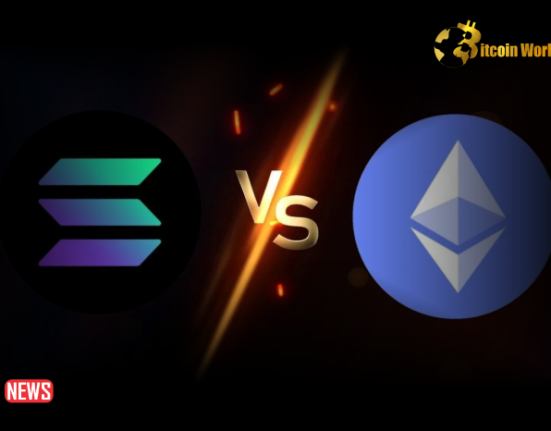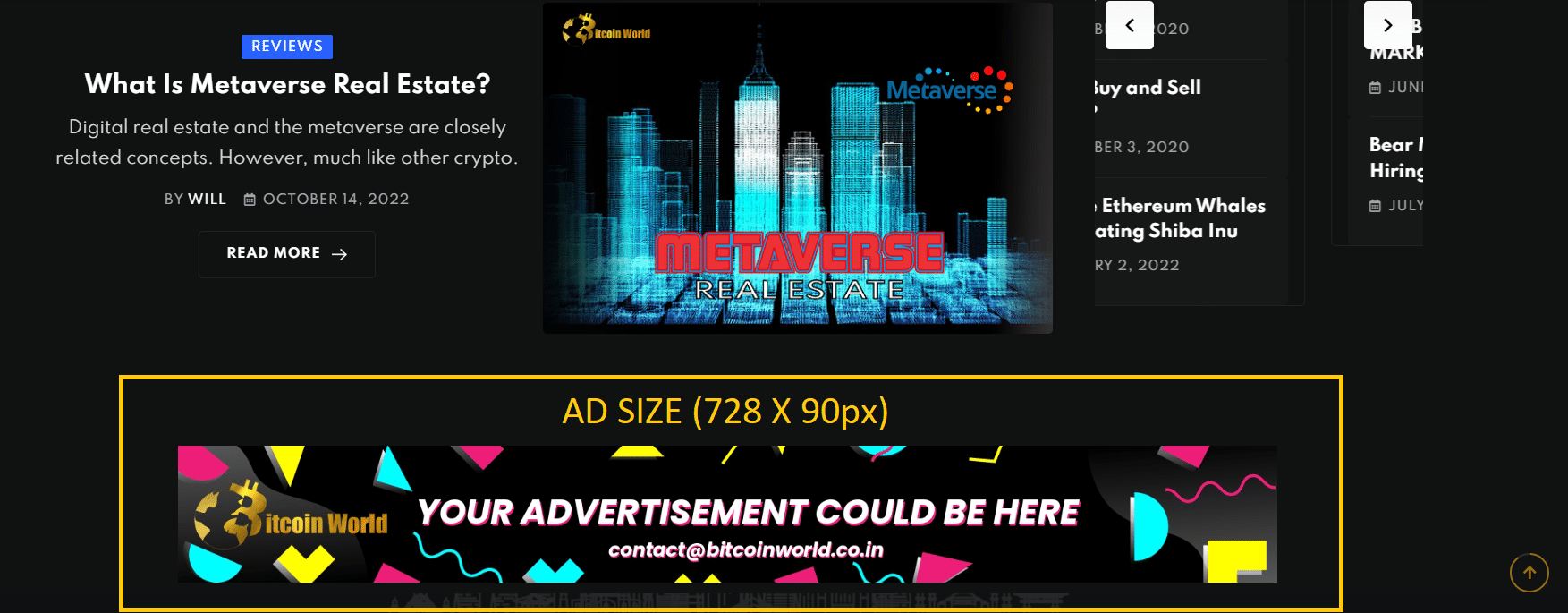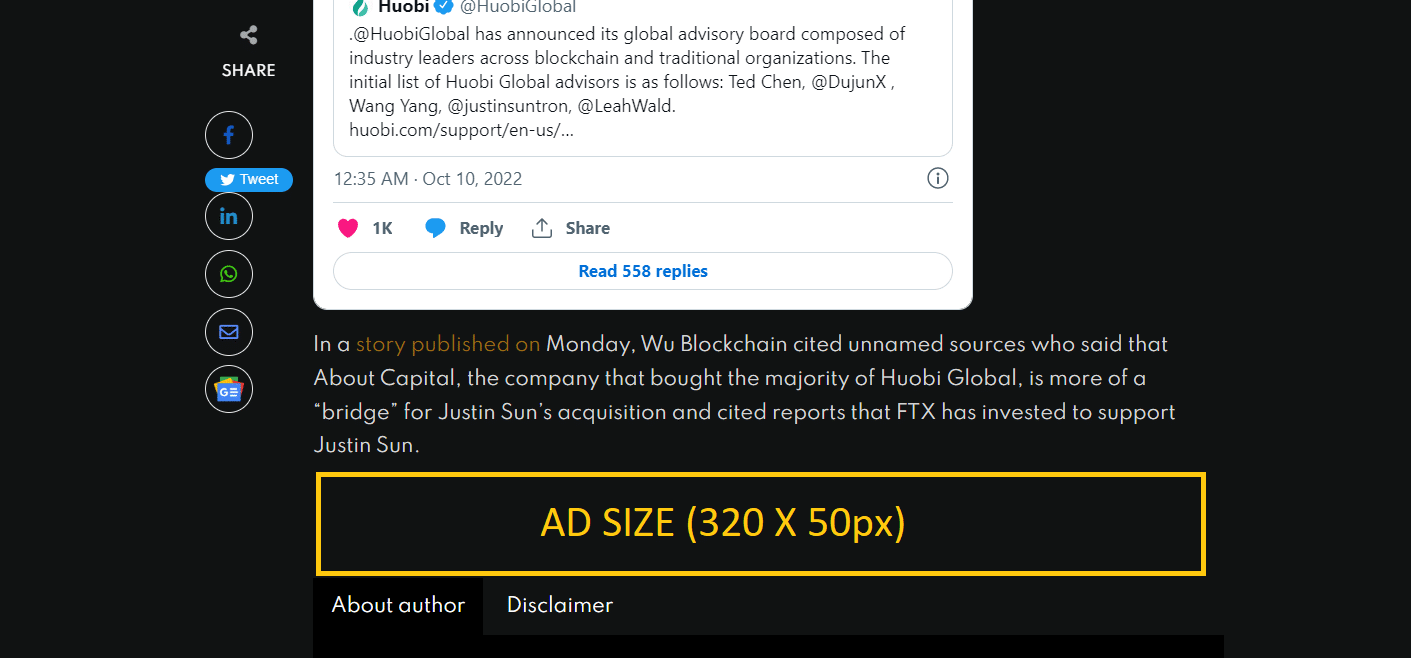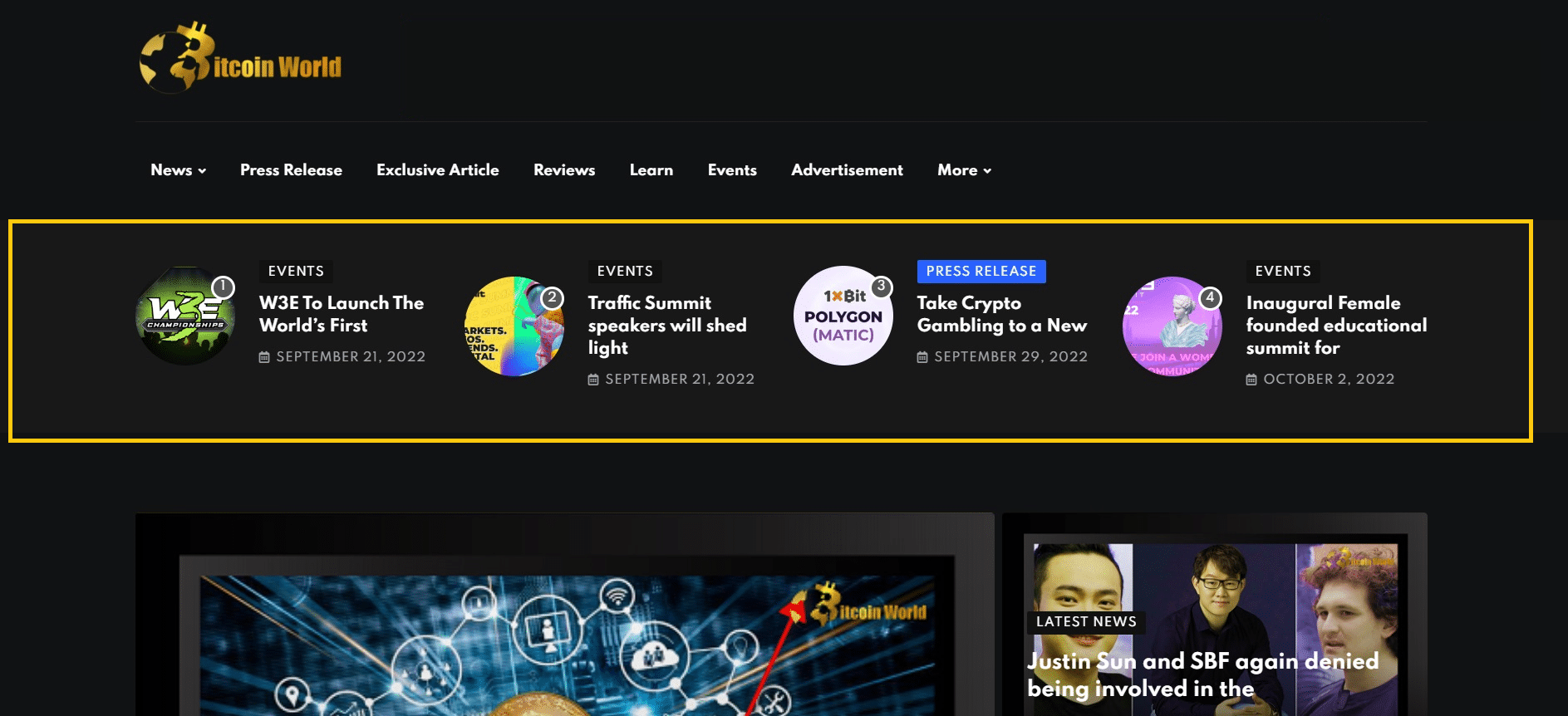Liquid staking tokens (LSTs) have emerged as a dominant force in the decentralized finance (DeFi) space, surpassing native tokens like Ethereum (ETH) as the primary collateral on various networks. This shift comes after Ethereum’s Shapella upgrade, which unlocked opportunities for LSTs by allowing users to unstake their ETH and create derivatives like Lido Staked ETH [stETH] and Rocket Pool’s rETH.
Among these LSTs, Lido Finance [LDO] has maintained its supremacy, holding a 75% market share and retaining its status as the largest liquid staking protocol. LSTs have become a popular choice due to their ability to enable users to participate in staking while also using them elsewhere in DeFi for higher yield opportunities.
According to Binance’s 2023 Half-Year report, liquid staking has outpaced decentralized exchanges (DEXs) to become the largest sub-sector in the DeFi landscape, commanding a 24% market share. While Lido’s dominance remains strong, other players in the liquid staking space, like Rocket Pool and Frax Ether, have seen substantial increases in their market shares on a year-to-date (YTD) basis.
In contrast, centralized exchanges’ contribution to ETH staking has declined from 34% to 20% since the Shapella upgrade, indicating the growing preference for liquid staking protocols. For example, Coinbase’s Wrapped Staked ETH has experienced a significant 23.5% loss in market share since the beginning of 2023, with Lido’s competitors gaining at Coinbase’s expense.
One notable platform where LSTs have shown impressive growth is Aave’s lending protocol, where LSTs now account for nearly 78% of the total value locked (TVL), surpassing ETH as the largest collateral asset. Similarly, on Solana’s lending platform Solend, LSTs have a dominant share of 89%.
Overall, the rise of liquid staking tokens indicates a growing trend towards using these derivatives for staking and higher yield opportunities in the DeFi landscape. As Lido’s rivals continue to enhance their offerings, the competition in the liquid staking space is intensifying, leading to exciting developments in the DeFi sector.

